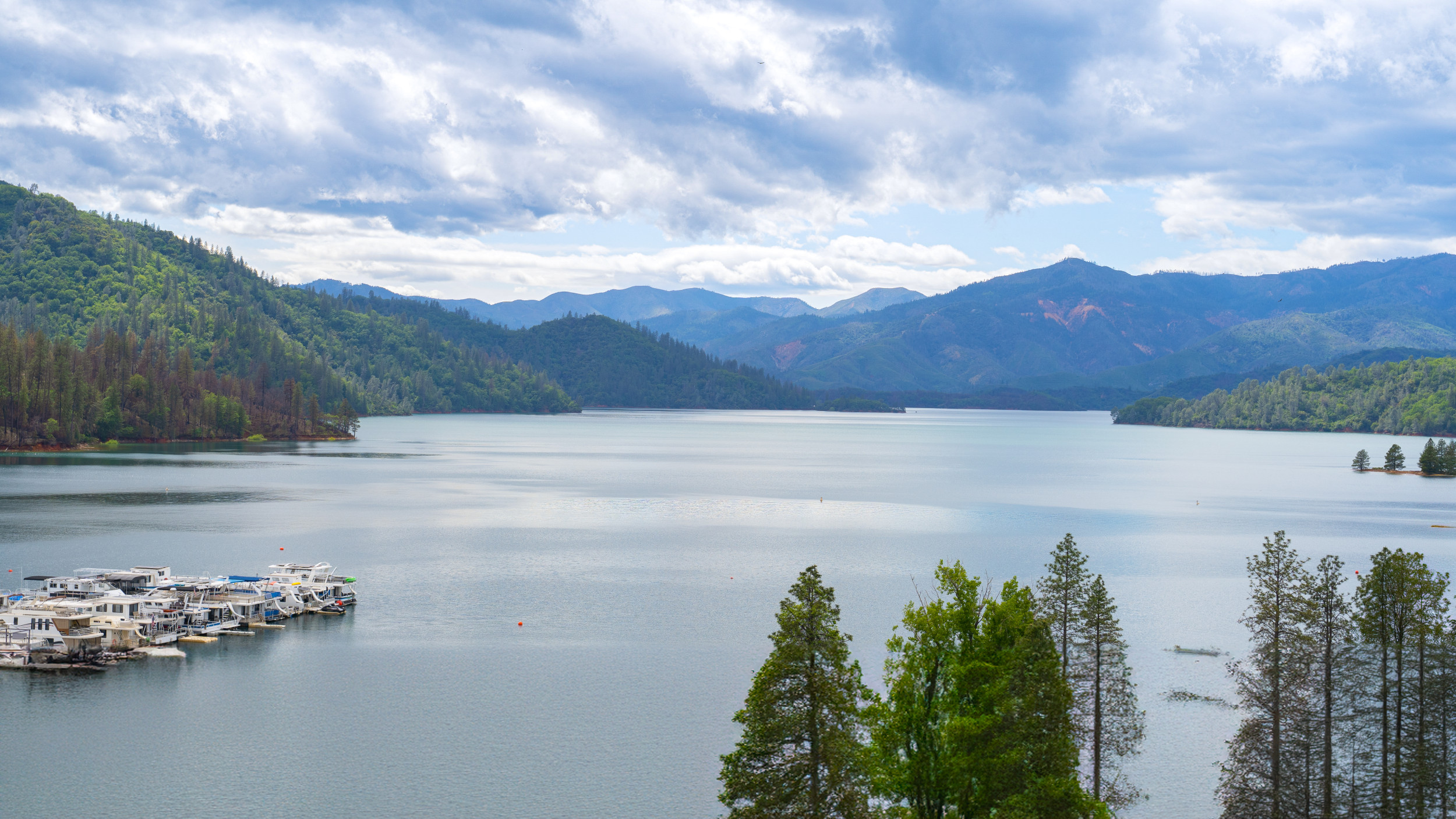A second powerful bomb cyclone and atmospheric river system is battering the Pacific Coast states, bringing more severe weather to regions still reeling from Tuesday's devastating storm that left hundreds of thousands without power and claimed one life in Washington state.
As of Friday morning, approximately 180,000 Washington residents remained without electricity, while California reports over 15,000 customers experiencing outages, according to poweroutage.us.
So severe is the issue in Washington that Puget Sound Energy (PSE), the state's largest utility provider, issued a letter to customers on X, formerly Twitter, on Thursday evening.

"To our customers without power: we know you are frustrated," the letter said. "The system was so strong that it was comparable to a hurricane and did unprecedented damage to our high-voltage transmission systems—the poles and wires that carry electricity from where it is produced to the communities we serve."
The company plans to have the majority of customers back online by Saturday at noon.
"We have made progress on bringing back more transmission lines—the larger lines that bring power into communities, 20 of which have been brought back online over the course of Thursday," Andrew Padula, media engagement consultant at PSE told Newsweek.
"We are still on track to bring the majority of customers in King County back online by noon Saturday. For customers in Whatcom, Skagit, Island and Kitsap Counties we anticipate power will be restored by 6 p.m. today (Friday)."
A letter to our customers without power: we know you are frustrated.
The limited information we have been able to provide online, and the fact that you do not yet see our crews working in your neighborhood, is causing you to wonder what is happening. pic.twitter.com/mv6WPXJeia
While not expected to match the intensity of Tuesday's event—which saw atmospheric pressure plummet by a remarkable 1.71 inches (58 millibars)—the current bomb cyclone is delivering a significant blow to the coast.
AccuWeather Senior Meteorologist Dave Houk said in a statement that the storm's track "will direct the strongest winds right along the coasts of Washington and northern Oregon, rather than throughout the Interstate 5 corridor and Cascades."
The National Weather Service (NWS) has issued severe warnings about life-threatening flooding conditions, particularly in Northern California.
The forecast includes between 3-5 inches of additional rainfall in coastal areas, with 4-10 inches possible in the northern Sierra Nevada.
From Northern California to southwestern Oregon, cumulative rainfall is expected to reach 8-12 inches, with potential for up to 20 inches in some locations, according to AccuWeather.
The consecutive storms are creating multiple hazards across the region, including a high risk of dangerous flash flooding, potential for mud slides and landslides, and significant erosion concerns.
⛈❄ Here are some of the latest rain, snow, and wind reports for the ongoing Atmospheric River affecting parts of the West Coast. For more information, please see our storm summary, which will be updated every 12 hours through the duration of the storm: https://t.co/mSj0gRYRAc pic.twitter.com/nehtO2xk8O
— NWS Weather Prediction Center (@NWSWPC) November 21, 2024In higher elevations, snow accumulation of 1-3 feet is expected, while continued power outages due to downed trees and power lines remain a serious concern.
Major metropolitan areas are experiencing significant disruption. San Francisco and Sacramento face slow Friday commutes, while Santa Rosa could see 12-18 inches of rain through Friday morning.
A third storm system is already approaching for the weekend, promising to bring additional precipitation to the Northwest.
Padula said PSE was preparing for the next system headed to the region: "We are watching the weather closely. Active wind gusts are predicted in the forecast for some parts of our service area this morning, with the potential for additional outages. We are prepared to respond if there is new damage to the system."
The persistent pattern of storms poses particular concerns for Thanksgiving travelers throughout the Pacific Coast states and much of the Western region.
The National Weather Service maintains a moderate risk of flash flooding for upslope portions of the northern Sierra below 5,000 feet.
Officials warn that dangerous conditions will persist, including continued flooding risks, potential rock slides and debris flows, strong coastal winds capable of downing trees and power lines, and heavy mountain snow, particularly in the Washington Cascades and Northern Rockies.
"From Sunday through early next week, the general storm track will shift southward along the West Coast, bringing rain chances into central and Southern California," Brandon Buckingham, meteorologist at AccuWeather, told Newsweek.
"This will also increase the chance for rain and snow showers across the Great Basin and central Rocky Mountains. From mid- to late-week next week across the western United States, the forecast is expected to turn drier, with temperatures moderating near to above average."
Do you have a tip on a science story that Newsweek should be covering? Do you have a question about the bomb cyclones and atmospheric rivers? Let us know via science@newsweek.com.




















 English (US) ·
English (US) ·